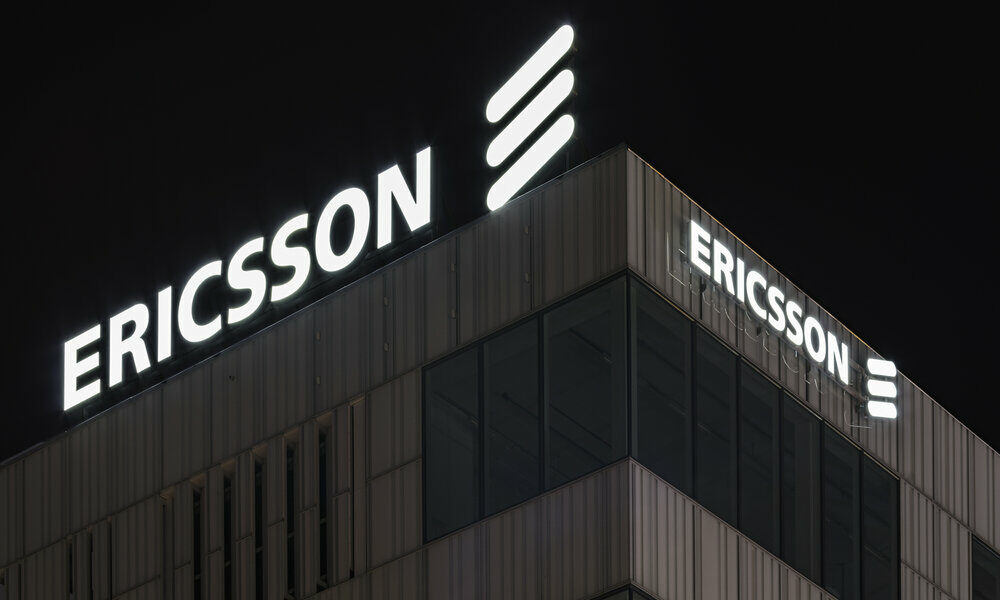
The announced catastrophe did not take place. American airlines were alarmed in early January about the risks posed by the activation of 5G networks around airports in the United States. But things finally got back to normal… or almost.
Mail from a dozen airlines caused a stir at the start of the year: they feared that the activation of 5G near major American airports would cause a “ catastrophic disruption » air transport and deliveries. A willingly alarmist tone, when things did not go so badly in the end.
All’s well that ends well, except at regional airports
The bosses of United and American Airlines have also admitted that the activation finally went well, and that predictions of flight delays and cancellations fizzled. There have been last-minute arrangements between the FAA, the American air traffic regulator, and the operators AT&T and Verizon. Measures have been put in place to allow more planes to use major US airports, while activating more antennas for the 5G network.
The issue raised by the airlines was that the altimeter could experience interference from 5G waves. However, it is an essential tool for measuring the distance between the device and the ground at the time of landing. This radar, essential for the proper functioning of several other on-board instruments, is particularly practical in the event of bad weather.
The FAA has reviewed the characteristics of the altimeters present in carrier fleets and has given the green light to 90% of planes, which will therefore be able to land safely despite the presence of 5G. However, not all problems are solved for a small part of the fleet that uses major US airports.
But above all, regional airports are much more affected: more than half (53%) of the fleet landing at these small airports still face restrictions. In other words, there is still a lot of work to authorize all planes to use American airport infrastructures where 5G has been switched on.



